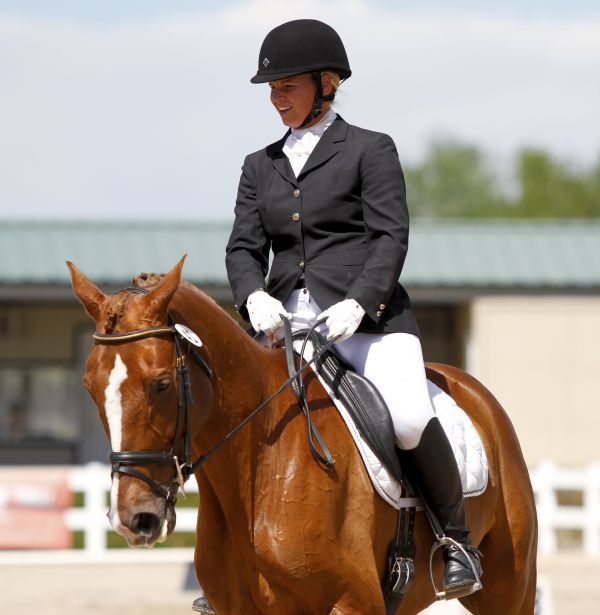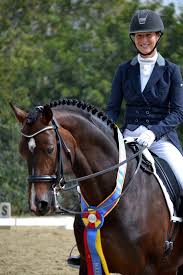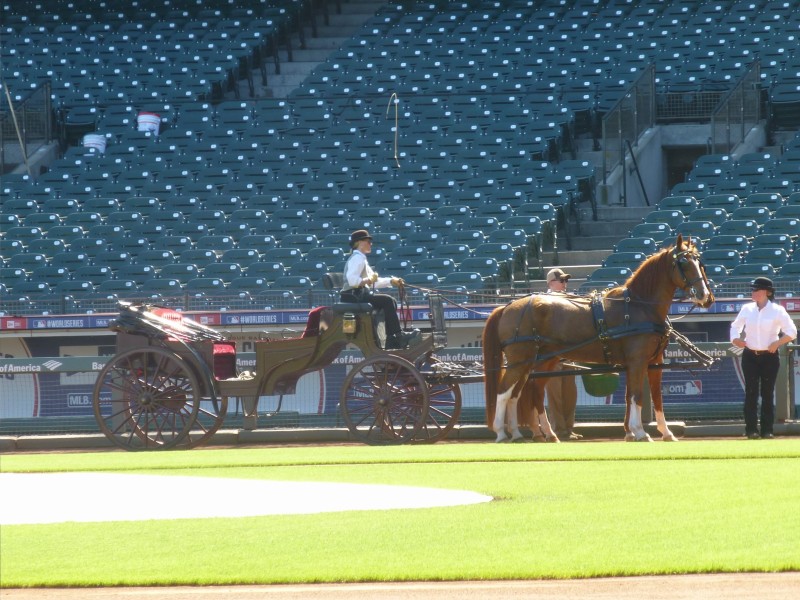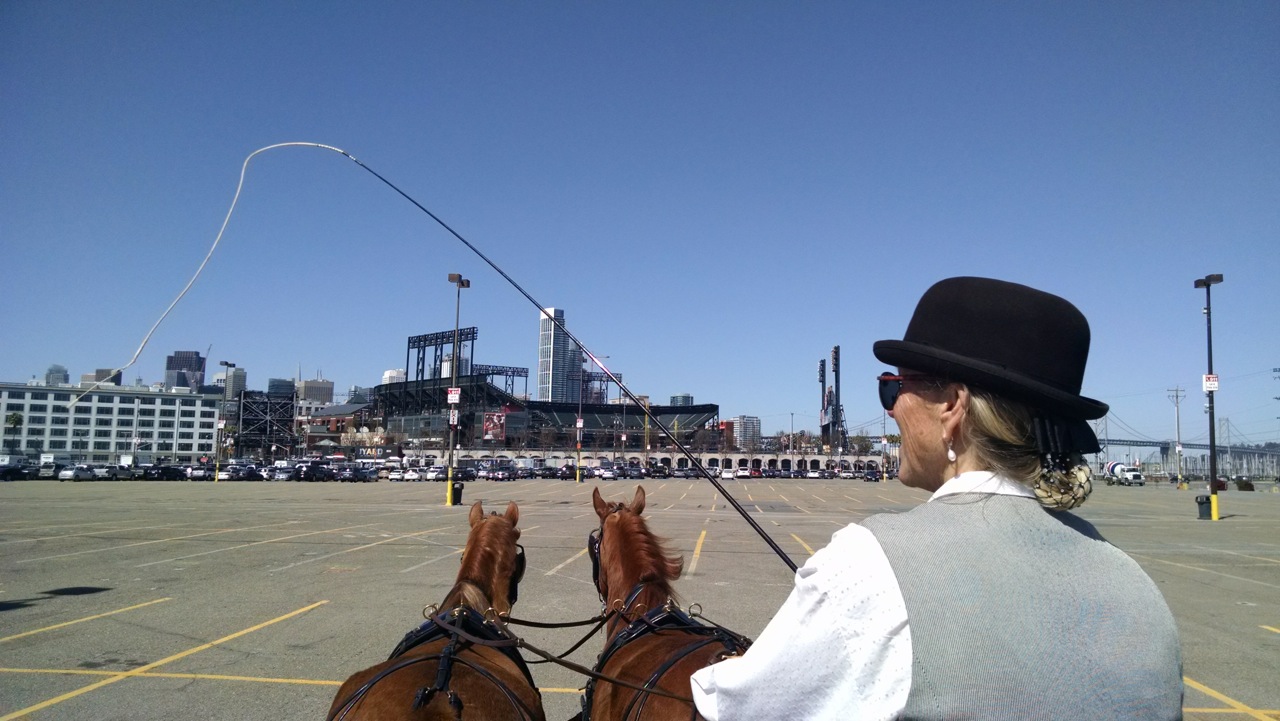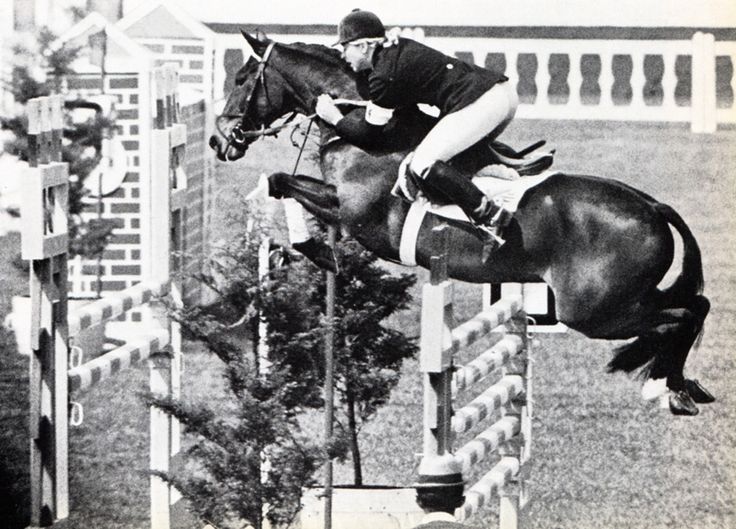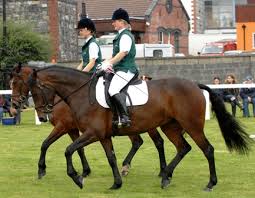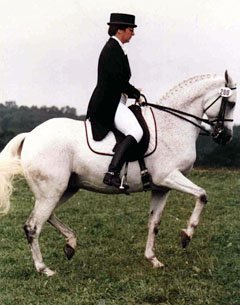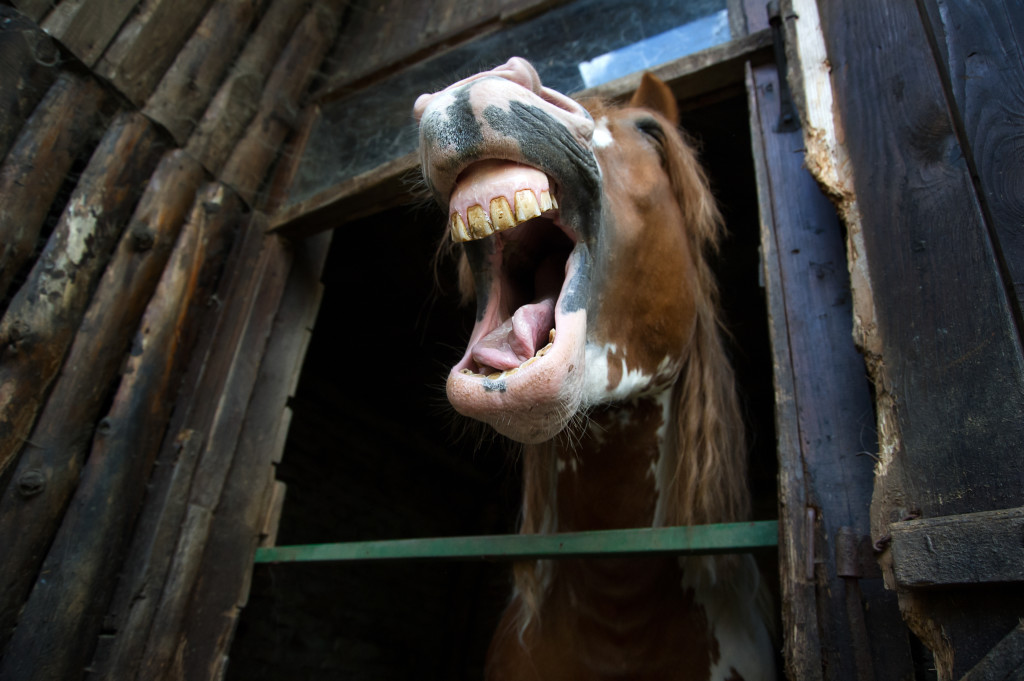“For overall health and results you can count on.”
Photo by Gina Pearson Photography
We are very proud to have Dani Sussman as a long-time customer and VIP Sponsored Trainer on our Team!
“Since starting Grand Meadows Grand Premium Plus, my horses look and feel amazing. They have less joint pain so I can train and keep them competing regularly, and their coats look so glossy that people are constantly asking what products I use. My farrier is always happy with their feet and the consistent quality of new hoof growth. For overall health and results that you can count on, Grand Meadows has you covered.”
-Dani Sussman
Dani Sussman has more than fifteen years of experience in Eventing, Dressage, and Hunter/Jumpers. Her main focus is on training competitive equestrians and young horses to be top-tier Eventing competitors. Dani’s professional equestrian career began in Northern California, where she first started working as a trainer and coach and where she became a respected rider and instructor.
As a Pony Club “A” graduate and because of her love for Pony Club, she was very active with many clubs in her area and did ratings through the C2 level. Dani then moved to Washington State, where she trained with two-time Olympian, Amy Tryon. For four years, Dani traveled with Amy across the U.S. and England, riding and grooming for the top event rider.
In 2013, Dani relocated to Larkspur, Colorado, and purchased the stunning 37-acre property where she now runs her own riding and training business, Aspire Eventing.

